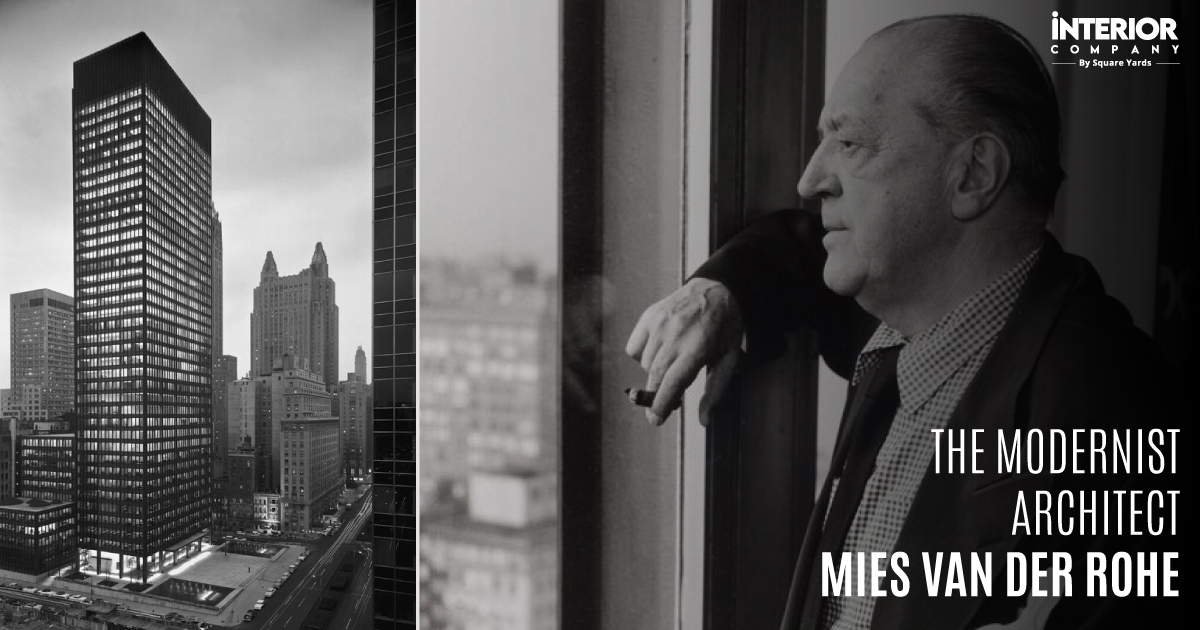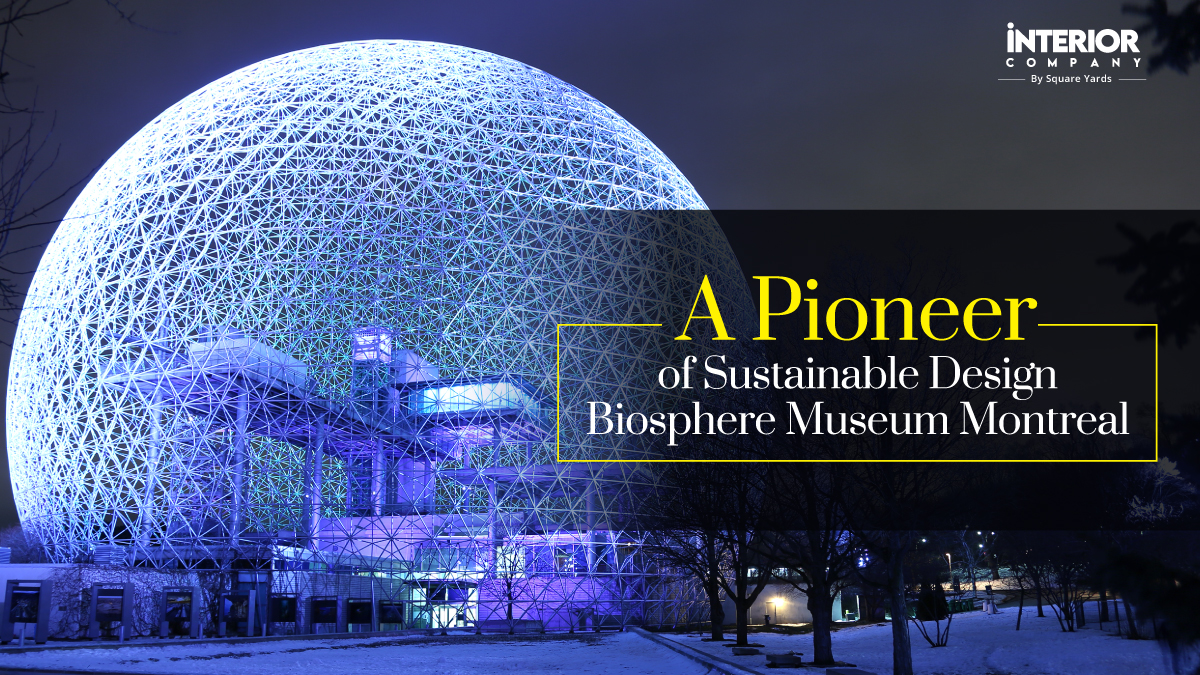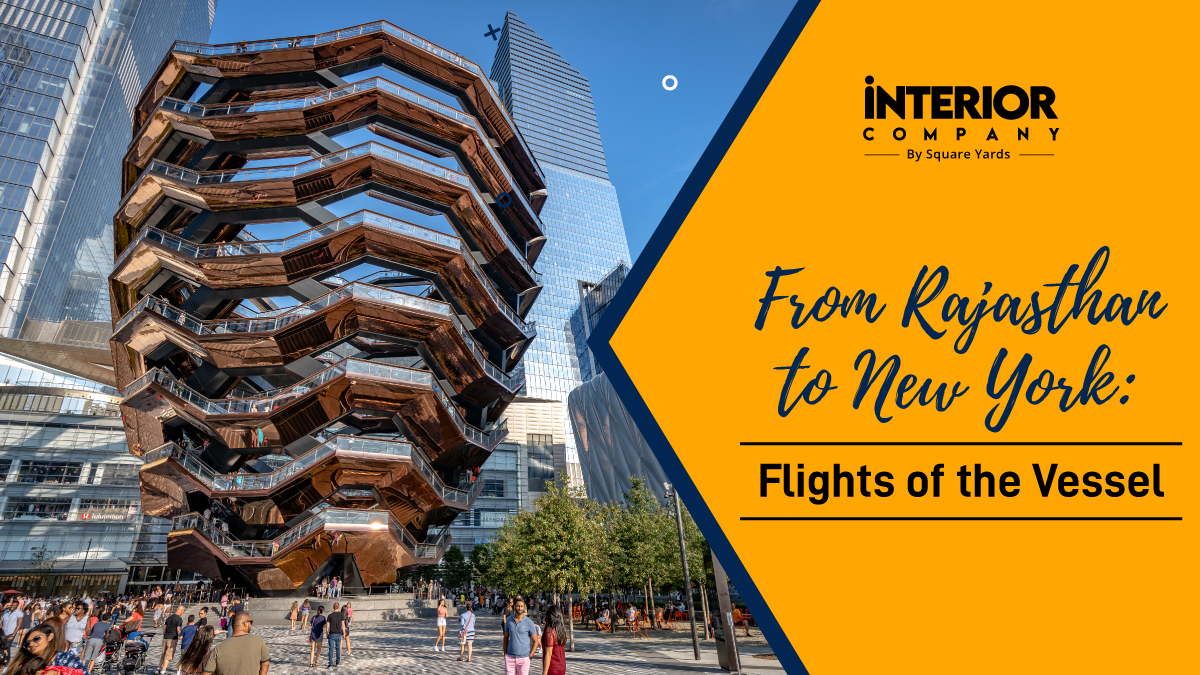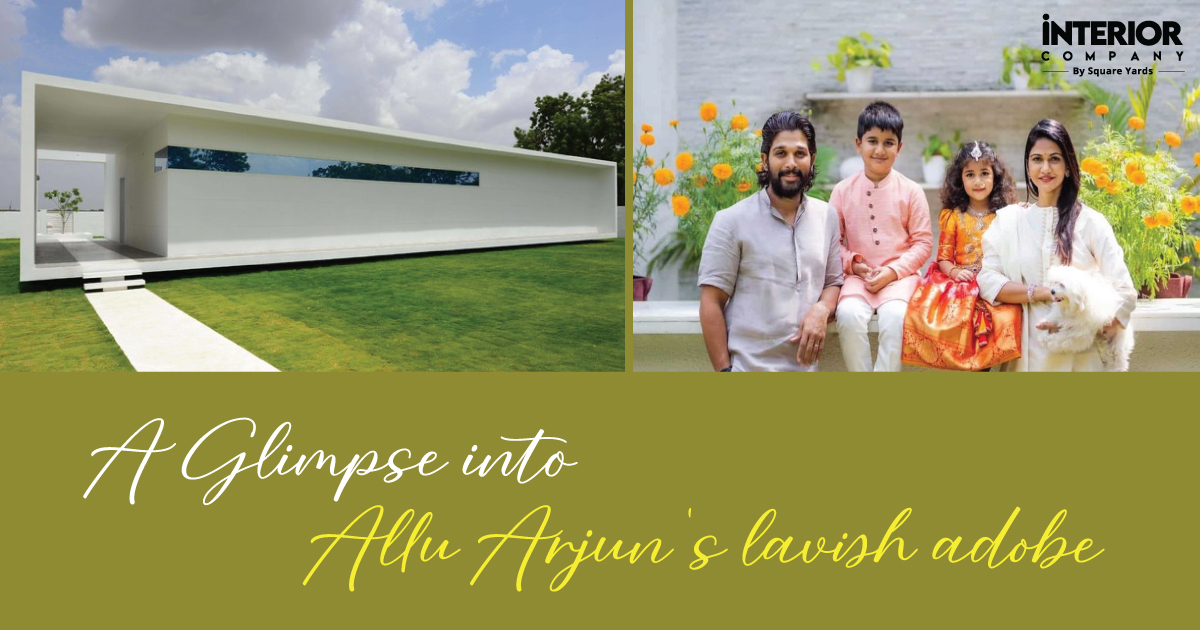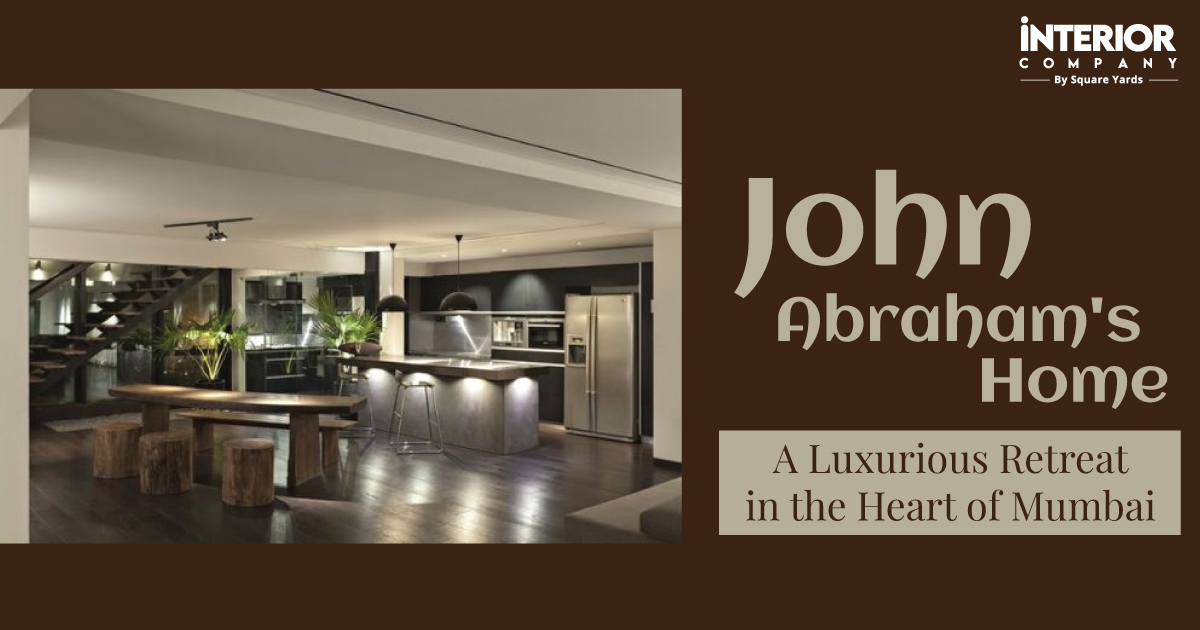- Home
- Trends
- Architecture
- Architects
- Richard Rogers Sustainable And Iconic Architecture
Richard Rogers’ Sustainable and Iconic Architecture: A Peek into His Legacy
Born in Florence, the Pritzker Prize-winning British architect Richard Rogers was renowned for his flexible designs, trademark transparent style and ‘high-tech architecture,’ featuring pipework, lifts and vents on the exterior. Rogers received countless accolades during his career spanning across five decades. His responsive environmental works redefined modern architecture. Let’s explore the enduring style and notable projects of trailblazing architect Richard Rogers.
Table of Content
Richard Rogers Architecture
Master Plan of 'Urban Living Room' Qianhai area, Shenzhen, China.
Source: Pinterest
Rogers exemplified sustainable designs and transparency in buildings inventing bold, futuristic spaces that are eco-friendly and cost-effective. His approach to design entails modern technology, industrial materials, and flexible open spaces while exposing skin and structure that became his trademark style, followed by his incredible building projects like Lloyd’s Building and Centre Pompidou, Paris.
In addition to his innovative style, he emphasised on the socio-cultural aspects of developing designs as a vibrant hub of activity while celebrating living, working, and leisure overlapping in harmony.
Famous Structures Designed By Richard Rogers
From the inventive Lloyd’s Building to the dynamic Millennium Dome, discover the avant-garde designs of Rogers.
Centre Pompidou, Paris.
Source: Pinterest
The Centre Pompidou in Paris revolutionised the museum’s architectural design and put the architect Richard Rogers on the global map for its striking exterior facade. Designed in collaboration with Italian Architect Renzo Piano, the remarkable structure features an exposed steel frame, vibrant pipework and mechanical services. It cited the famous `inside-out' style of architecture that diversified the cultural aspects of the city and solidified the high-tech movement.
With its ever-changing dynamic framework, the centre includes public areas such as a reception, theatre, shops, and a café, while the upper levels house galleries, terraces and administrative zones. The exposed superstructure is fabricated in colour coding to indicate the building’s various functions. Blue stands out for air-conditioning, yellow is marked for electrics, and green denotes plumbing. The highlighting feature is the red tubular escalators that invite visitors to ascend and offer marvellous views of Paris.
Also Read: Ludwig Mies Van Der Rohe Designs and Architecture
Lloyd’s Building, London
Source: Pinterest
Nestled in the heart of London, Lloyd’s building followed up the concept of the Centre Pompidou, the ‘inside-out’ design and flexible open spaces. The building is a notable example of a high-tech architectural aesthetic to the mediaeval financial district of the cityscape. The 14-storey structure consists of 6 towers that host all the building services, including elevators, plumbing, and electrical facilities, thus freeing up the interior space and allowing an uninterrupted flow of activities.
Source: Pinterest
The building is wrapped in a stainless steel facade, with the above floors encased in glass that floods natural light into the offices while reducing energy consumption. Inside the heart of the building is a 60-metre-high atrium, aptly named The Underwriting Room or The Room, which links to the connecting floors and unveils the functionality and technological advancement.
Millennium Dome, London
Source: Pinterest
It is soft and hard, rounded and spiky; it hugs the ground and reaches for the sky,' author Elizabeth Wilhide stated.
Contrary to controversy, it is one of the architect's unexpectedly most significant buildings and a populous tourist destination. The Iconic Dome stands as a celestial symbol with its 12 bright yellow masts, towering 100 metres into the sky and fabricated with a Teflon-coated glass-fibre roof. Spanning 365 metres in circumference, the Dome enclosed 100,000 square metres of flexible exhibition space, originally crafted to house the Millennium Experience. Although the building was largely savaged at the opening, the dome became a paramount architectural achievement.
The Millennium Dome offers a kaleidoscope experience to visitors with its fourteen themed zones ranging from the Body Zone to the Faith Zone. The most remarkable aspect of the design is its sustainability- introducing several innovative features to reduce its environmental impact, including the rainwater harvesting system and the translucent roof fabric permitting sunlight to enter, minimising the need for artificial lighting and energy consumption.
Also Read: Architectural Work of Le Corbusier
Maggie’s Center, West London
Source: Pinterest
Situated in West London, Maggie’s Centre is a cancer-care sanctuary dazzled by coral-coloured walls making it a cheerful oasis and adding positive spirit into the environment. For this communal design, Richard Rodgers’s architect received the coveted RIBA Stirling Prize. Unlike his previous buildings, the two-storey pavilion features a bold roof canopy, courtyards, intimate gardens, and terraces creating a warm and inviting ambience for its inhabitants. The architectural form expresses compassion and sensitivity, providing a shared understanding of humanity.
The Senedd, Cardiff, Wales
Source: Pinterest
Designed by architects Richard Rogers and Ivan Harbour, this magnificent building overlooks Cardiff Bay, and was constructed in 2006. Built with sustainability and long-lasting materials, such as Welsh slate, oak, steel and concrete, the Senedd was intended to embody the ideals of transparency and openness. A wooden parasol roof hovering over an open plaza, held -up with thin columns and encloses an 80-seat chamber inside a timber funnel, allowing citizens to look down and see the mechanics of government.
The structure boasts an energy-efficient Earth Heat Exchange system that ensures a comfortable environment, a ground source heat pump, and a rainwater collecting system to service the building. Home to the new Welsh parliament, the Senedd is a marvel to behold!
Madrid-Barajas Airport
Source: Pinterest
Architect Rogers’ Terminal 4 building in Madrid is designed with cutting-edge technology in collaboration with Estudio Lamela, which is a true ode to the air travel experience. The airport boasts a wavy timber roof clad with Chinese bamboo and illuminated by round skylights providing ventilation and lighting. This decreases the energy consumption. Here, the passengers encounter a rainbow walkway of steel trees that is quite unconventional from the airport design of steel and glass. It is no surprise that this impressive structure won the Stirling Prize in 2006.
Leadenhall Building, City of London
Source: Pinterest
Built across the Lloyd’s building, the Leadenhall articulates similar notions of Richard Rogers’s architecture with services and a robust array of lifts scaling the facade. The 224-metre wedge-like silhouette skyscraper is Nicknamed ‘the Cheesegrater’ with its tapered facade, whilst not obstructing the views of St Paul’s Cathedral. The 50-story imposing steel structure houses offices on the upper levels and a public square beneath.
The Macallan Distillery and Visitor Experience
Source: Pinterest
Perched on the rolling hills of the countryside, the Macallan Distillery has been home to the world's leading single malt since 1824. Crafted with a vision to create a structure that resonates with the surrounding environment and welcomes visitors to experience an awe-inspiring whiskey production process. The undulating structural form blends into the landscape, offering an unparalleled view of the natural scape. Inside, the building is divided into a series of five production cells forming an open layout whilst providing the visitors with a sensory journey of whiskey production through exhibition and gallery spaces.
Urbane Architect!
The pioneering architect Richard Rogers' exceptional work focuses on sustainability and flexibility, setting a new benchmark for the architectural industry. His ingenious use of materials while embracing the functional and aesthetical qualities inspires countless future architects to incorporate creative thinking and prioritise environmental concerns for the city in their work.
''*Images used are for illustration purposes only. Interior Company does not hold any copyright to the images unless mentioned explicitly.
Ready for a home transformation?
Let our designers assist you!
Recent Posts
Some of the most remarkable projects by British architect Richard Rogers include Pompidou Center in Paris, the Lloyd’s Building, One Hyde Park in London, Terminal 4 at Madrid-Barajas Airport, and the Leadenhall Building in London.
The architect uses high-tech materials for his sustainable designs, such as steel and glass, creating practical and visually appealing structures.
The architect designed buildings using locally resourced materials and adopting environmental-friendly methods that induce a minimal impact on nature and its surroundings.
His groundbreaking designs push the boundaries of conventional methods and incorporate modern elements, flexible approaches, and high-tech techniques while embracing the needs of the community and celebrating sustainability.
Related Category
- Buildings and Monuments
- Celebrity Homes



